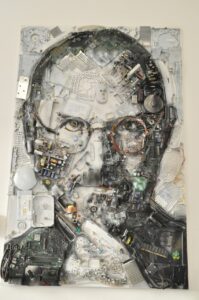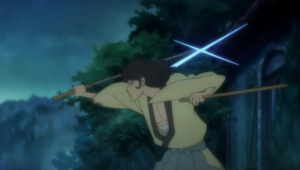Steve Jobs and the Art of Shin-Hanga: A Historic Moment in Tech
In January 1984, a 28-year-old Steve Jobs unveiled the revolutionary Macintosh computer.
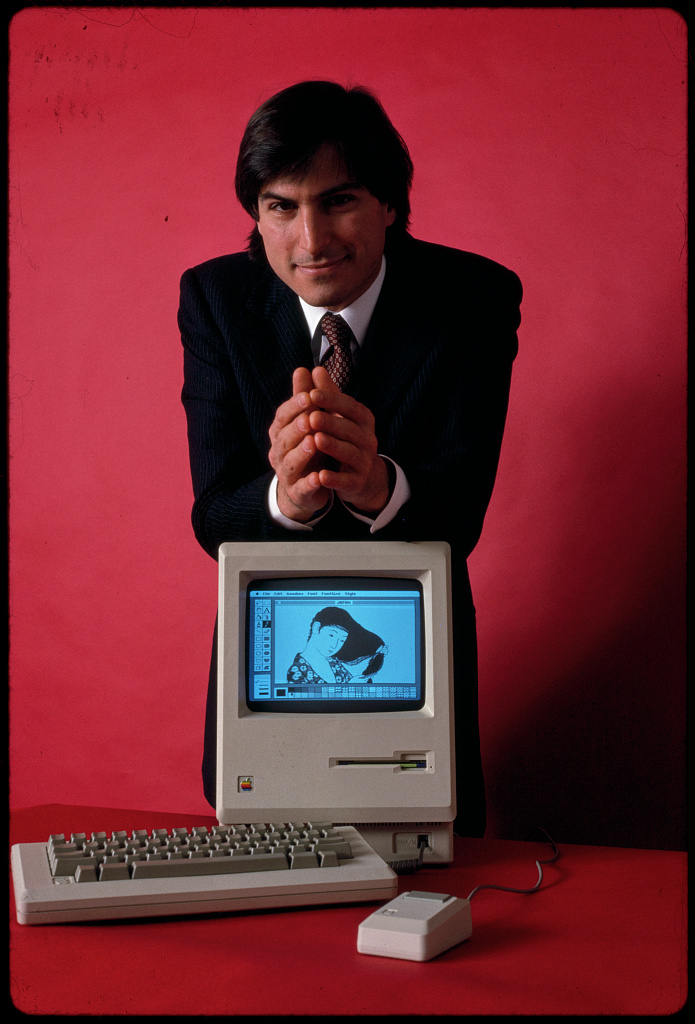
At that pivotal moment, the very first image displayed on the screen of the Macintosh was a piece of art—Combing Hair (Woman Combing Her Hair) by Japanese artist Hashiguchi Goyō.
This artwork is part of the Shin-hanga movement, a modern revival of traditional Japanese Ukiyo-e prints.
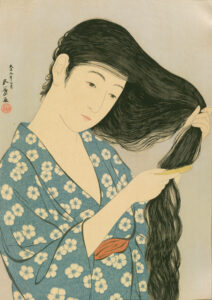
Hashiguchi Goyō was a famous of "beautiful women" portraits, and was highly regarded for his talent before his untimely death at the age of 41.
Jobs was so captivated by this piece that he owned two prints of it.
He successfully scanned and digitized the artwork, displaying it on the Macintosh screen—a groundbreaking feat at the time, as image digitization was still a novel concept.
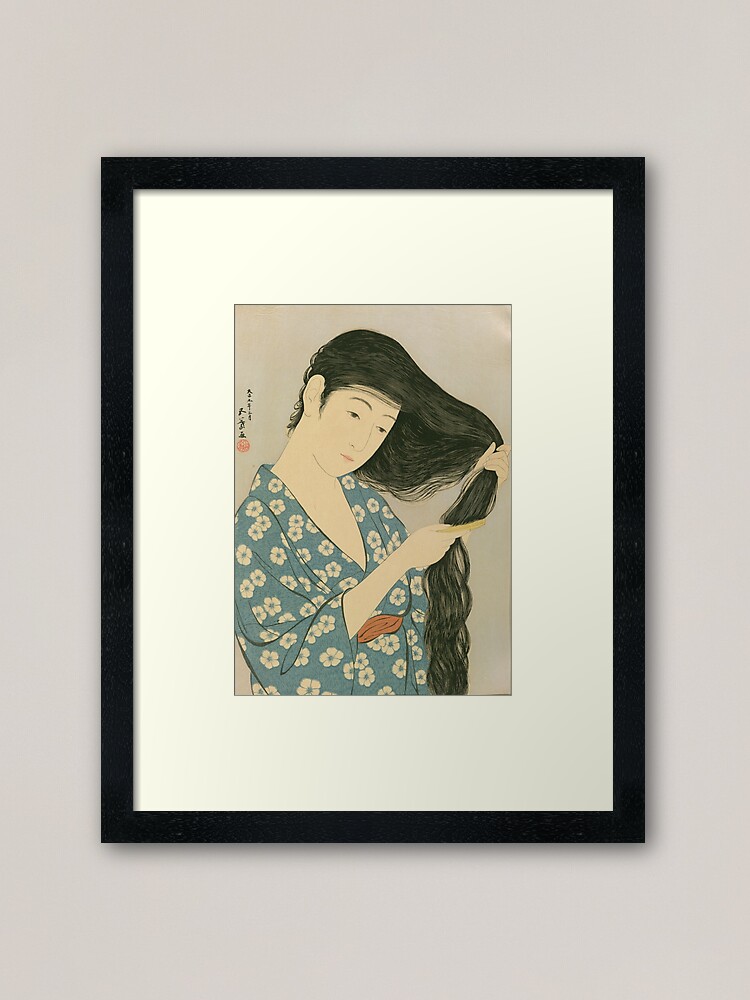
This artwork, which played a role in such a historic event, continues to enchant viewers with its delicate portrayal of flowing black hair, rendered with such precision that it’s hard to believe it’s a woodblock print. The beauty and intricacy of this piece exemplify the timeless elegance of Goyō’s work.
Another notable piece by Hashiguchi Goyō is Hand Mirror (Woman Applying Make-Up), a slightly more sensual image.
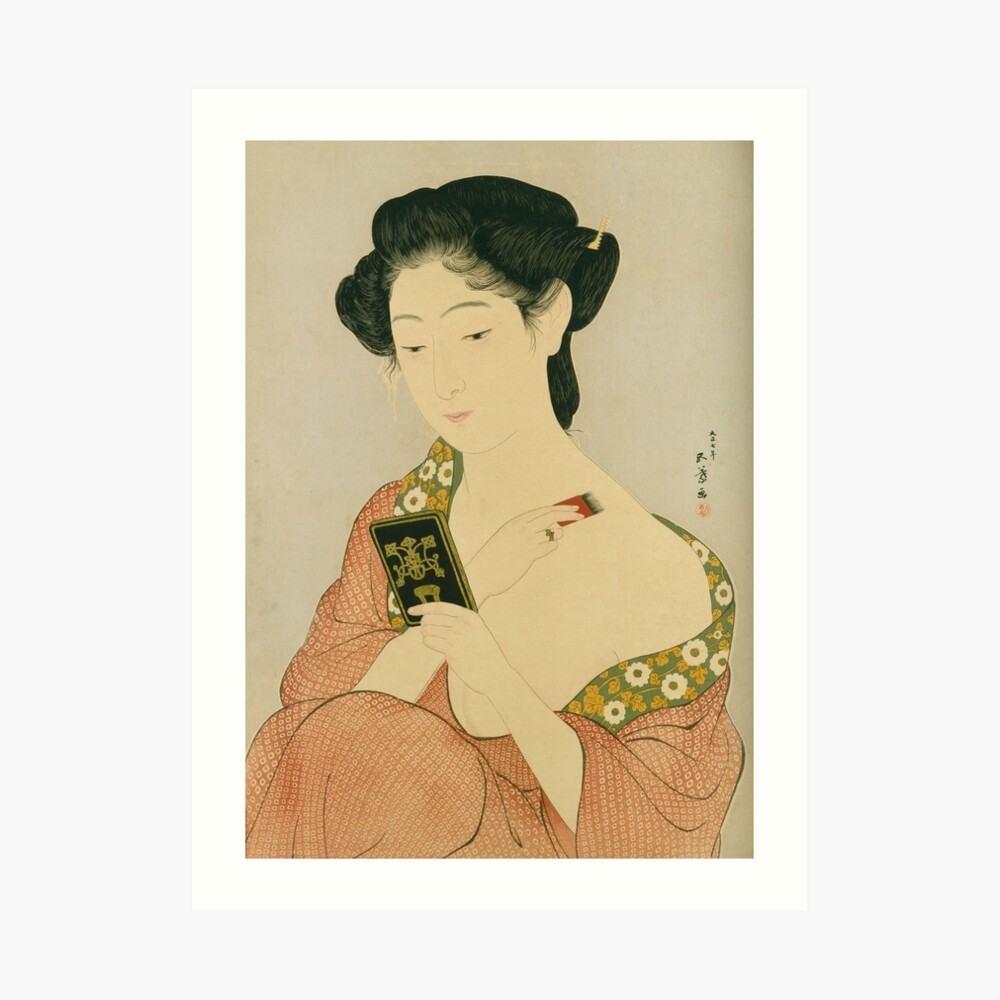
In this artwork, a woman lowers her kimono from her shoulder as she applies makeup. In old times Japan, it was common to apply white powder to the nape of the neck. The piece also reflects Goyō’s modern sensibility, influenced by Art Nouveau and the Pre-Raphaelite Brotherhood, while staying true to traditional Japanese aesthetics.
Why not bring a piece of this art into your life? These works are not just reflections of Japan's rich cultural heritage but also of the innovative spirit that captivated a visionary like Steve Jobs.
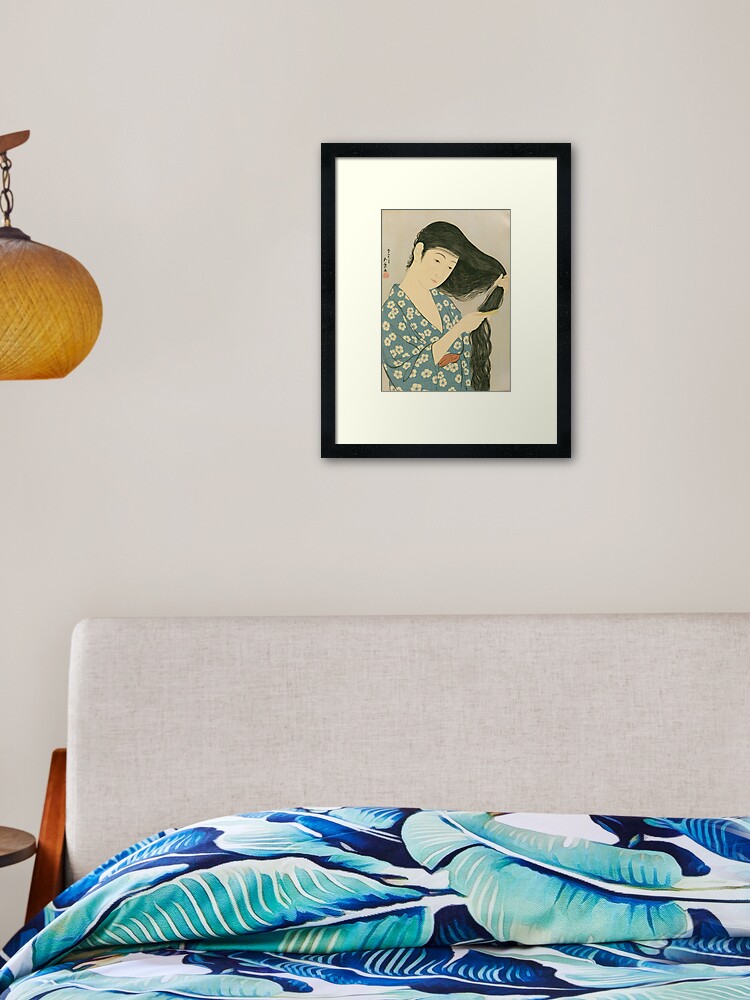
→See more "Redbubble"

→See more "Spring"
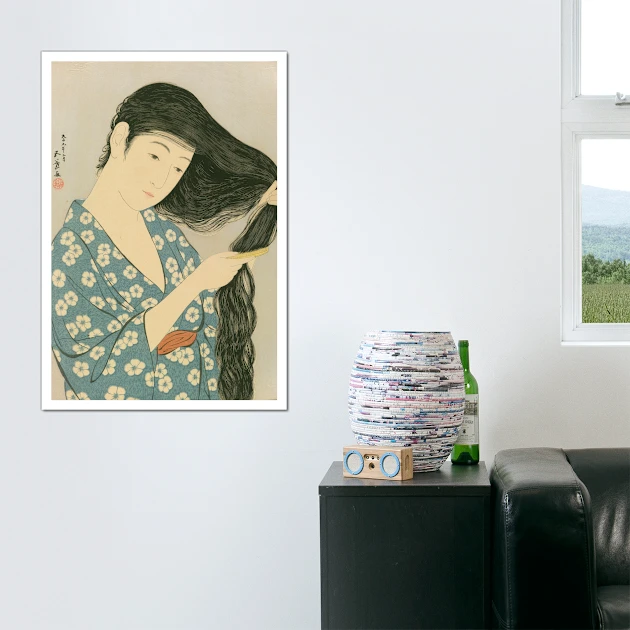
→See more "Teepublic"
